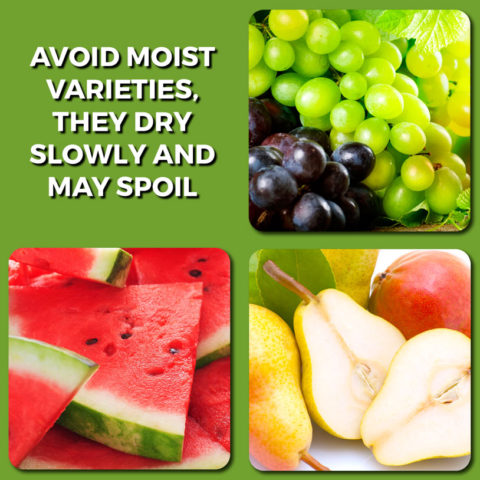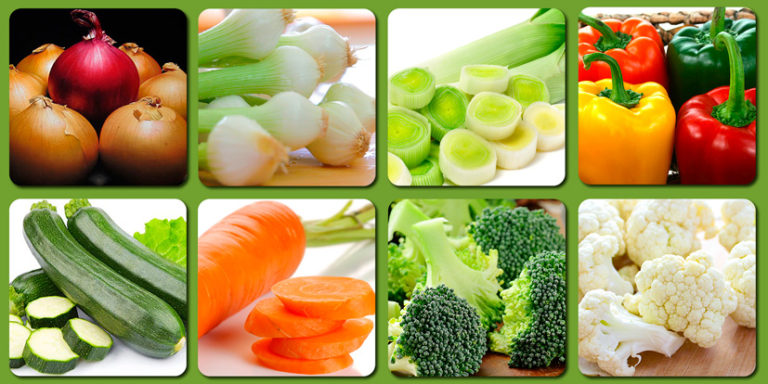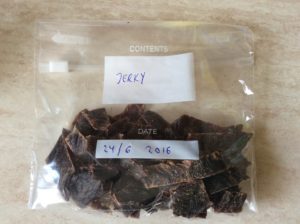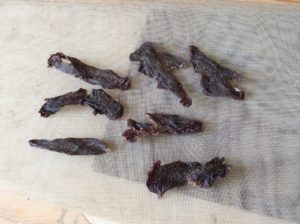Ok, first things first – lets decide if You want to be primarily fat or carb fueled as this changes the game of planning Your trip and choosing Your foods.
Chose fat and You can carry food for a lot many more days, go with carbs and You need to plan for visiting a store of or meet up with someone who can refill Your provisions once every week or more as You can´t utilize Your body fat stores as efficiently and the carbs that You rely on carry less than half the energy value of fat.
So, even if You carry quite a lot of calories in Your pack in the form of butter, coconut oil and olive oil, the same amount of calories in the form of rice, pasta etc is both heavier and bulkier (a lot…)
Please check out this post if You haven´t read it and pretty much know it by heart!
I usually plan for 100-150g of butter or coconut oil daily depending on how much supplemental olive oil and pumpkin seed oil I carry, beef jerky with fat and some nuts is a great breakfast or snack and a good amount of fat in every dinner dish helps replenish energy and fuel the next days efforts.
Oh, and before anyone gets hung up on the rather high amount of saturated fats mentioned above, just give a thought to what kind of fuel You burn as soon as You run out of the last meal…
Right, the stuff we carry around our waist is nothing but animal fat and the butter and other saturated fats we consume works just as well for fueling our activity.
For those of You preferring to go with carbs I highly recommend putting in the work of dehydrating high quality starches like jams, sweet potato, beet root and even white potatoes. The nutritional value of these foods is just way superior to store bought rice, pastas, cous cous etc. and the latter can often be found in stores and cabins along the way to supplement with if needed on longer hikes.
It´s rather challenging, though, to carry enough of these foods to fuel more than a few days of hiking, jams is the most dense one with 28g of carbs per 100g raw weight and brings us up to around 200g of dehydrated weight (800g fresh) providing less than 1000kcal which wouldn’t fuel many hours of hiking.
Make sure You get an adequate amount of protein, You are physically active a huge part of the day for quite a few days and we want to avoid the breakdown of muscle tissue.
Not only are those muscles useful during the hike, also their breakdown is one sign of starvation and we definitely don´t want to starve ourselves on a hike, right?
The numbers here are rather conservative and on the safe side so You might get by with a little less, yet for the reasons mentioned above there´s really no point in getting low here. The only exception is for hikers who are full blown keto adapted and have been so for some time as the state of ketosis in itself helps protect muscle tissue and spare protein. Chances are, though, that You´re normally eat more than 25g of carbs per day and that You´re not in this group so lets stay safe 😉
Opinions on protein needs wary greatly both in literature and depending on who You talk to, most people can agree that a daily intake of around 1g per kg of bodyweight should be sufficient for most of us outside from extreme situations.
That means a person weighing 80kg should get 80g/day of protein and someone at 55kg bodyweight needs 25g less. Now, as You probably already figured out, we normally eat food and not isolated nutrients!
Once again, lets err on the safe side. Most meats, fish, seafood etc contain on average a little over 20% protein so lets crunch the numbers again. Taking this into consideration our 80kg person needs 400g meat, fish, poultry or seafood every day to satisfy his/her protein needs, while someone weighing 55kg needs just 275g.
Normally You reduce the weight of the fresh foods by 65-75% by dehydrating them, bringing us down to 120g and 90g daily respectively for the examples above.
That means 840g and 630g total for a weeks worth of hiking, not that bad for saving lean body weight or what do You say?
Most of the time we can even go a little skinnier here as protein is also provided by the nuts and seeds we use as snacks on the hike.
Though usually I just go with this calculation and see that extra nutrition as a bonus!
Well, talking about extra nutrition brings us beautifully into all the other good stuff that enhance the experience. This is where we bring veggies, tubers, fruits, nuts, seeds and treats into the mix.
I go with 1.5-2kg/week (pre dehydration weight, that is, once dried is weighs next to nothing and what becomes the real limiting factor is the volume it takes up in Your pack) of veggies (broccoli, cauliflower, onions, peppers, zucchini, brussel sprouts, spinach, etc.) and carry very little, if any, dried fruit and tubers. Nuts & seeds wise I prefer the fattier ones, like macadamia nuts and pecans, just to provide more energy per weight unit (remember that I often carry 2-4 weeks worth of provisions when I start the hike).
Apart from this I really like my dark chocolate and prefer to go 85% or more on the cacao content, normally devouring a 100g bar in 3-4 days as a treat with my coffee or together with some plain, unsalted nuts.
Other treats and snacks that, being rather perishable, are reserved for shorter hikes or the first week or so of longer tours, are hard cheeses (parmesan is awesome with coffee) and salamis or smoked and/or dried ham.
Lets face is, variety matters – just make sure it does not hit Your backpack to heavy!
Personally I boiled the nutritional side of hiking down to pretty much one cooked meal per day, usually dinner after building the camp, motoring through the day´s hike on what most people would call snacks.
The difference being that I normally have quite a lot of snacks at one or two occasions and call that a meal instead of spreading them out over the day in smaller units.
Here´s where everyone needs to tinker a bit and find what works for them personally, my strategy is to stay pretty low carb all year around and cut the carbs out almost entirely a week or two before the hike to get myself thoroughly fat adapted before hitting the trail.
For someone who prefers a more carb heavy nutrition (meaning more than 100-150g of carbs daily on a regular basis) it would certainly be wise to pack some dehydrated jams and tubers as well as supplement with rice along the way (often found in the ”use-what-You-need-leave-what-You-can shelf or offered for sale in cabins). A higher emphasis on dried fruits, especially the sugar dense varieties like figs, dates, pineapple, mango and like, is also recommended for more physically challenging tours. Just pack less nuts&seeds and more of these fruits for snacks!
So this is what a weeks worth of food looks like for me (I´m around 80kg):
-
1kg of butter/coconut oil
-
1.75kg grass fed ground beef (525-560g dehydrated)
-
1.5kg veggies (250-300g dehydrated)
-
1kg of lean grass fed beef, sliced thin for jerky (300-350g dehydrated)
-
200g dried, powdered cream (milk powder/coconut milk powder are sugar heavy substitutes)
-
350g nuts
-
200g dark chocolate
-
200g cheese
-
250g salami
This adds up to 450-500g of provision per day, 3.2-3.5kg per week (first one or two weeks) or 12.5-14kg per month (no cheese and/or salami third and forth week), which now has to be added to the rest of the equipment to determine the total load.
Obviously the use of plastic bags for storage is most convenient and saves weight, though those made from non-renewable sources not very environmentally friendly.
Please use the ones that are manufactured from plant material, let them double as waste bags after use and make sure You carry them out of the wilderness and recycle them in the right container at the next cabin or mountain station!
Please leave a comment below to let me know if this was helpful or if you have questions!
Good luck, have fun and love the experience!!!
Peace // Claes




 Then cut the meat in thin slices (3-5mm or 1/10-1/5 inch) and flavor them to Your preference. You can use virtually any kind of marinade or rub You normally use for barbecue, just make sure that You´re on top of the ingredients. There are more fun situations in the wild than getting a stomach upset from too much chili powder ?
Then cut the meat in thin slices (3-5mm or 1/10-1/5 inch) and flavor them to Your preference. You can use virtually any kind of marinade or rub You normally use for barbecue, just make sure that You´re on top of the ingredients. There are more fun situations in the wild than getting a stomach upset from too much chili powder ?